Lift the ban on new nuclear power in Minnesota
Skyrocketing energy costs have reminded Americans of the importance of reliable, affordable energy, whether gasoline for our cars, natural gas for home heating, or the electricity that powers our lives.
Legislators should fight to help ease the financial burden on Minnesota families and businesses brought on by years of bad energy policy. These reforms include fixing Minnesota’s renewable energy requirements, repealing Gov. Walz’s California car mandates, and changing the way Minnesota regulates government-approved monopolies.
Minnesota’s electricity prices used to be 20 percent below the national average, not only benefiting consumers but giving manufacturing and mining companies a huge competitive edge in our state. But Minnesota’s electricity prices have risen 2.7 times faster than the national average since our renewable energy mandate, the Next Generation Energy Act (NGEA), was signed into law in 2007.
To fix these problems, American Experiment has proposed the Clean Energy Freedom Act (CEFA), which will make several common-sense and much-needed changes to the NGEA.
CEFA would legalize the construction of new nuclear power plants in Minnesota, reversing the state’s unscientific ban on their construction. Nuclear power should be considered the perfect electric power candidate for our state because it provides the reliable, affordable energy that most Minnesotans prioritize, while having the added bonus of not emitting carbon dioxide, which liberals tend to value as a high priority.
Unfortunately, Walz wants to double down on the bad policies that are making our electricity less reliable and more expensive. He wants to enact new energy mandates that would require 100 percent of our electric grid to be carbon free by 2040 without legalizing nuclear power.
Nuclear power is superior to wind and solar in four main ways: environmental outcomes, national security, reliability and affordability.
Environmental outcomes
Nuclear also produces superior environmental outcomes. The graph below shows wind generation versus natural gas generation during February of 2021. As you can see, natural gas generation increases as wind generation falls.
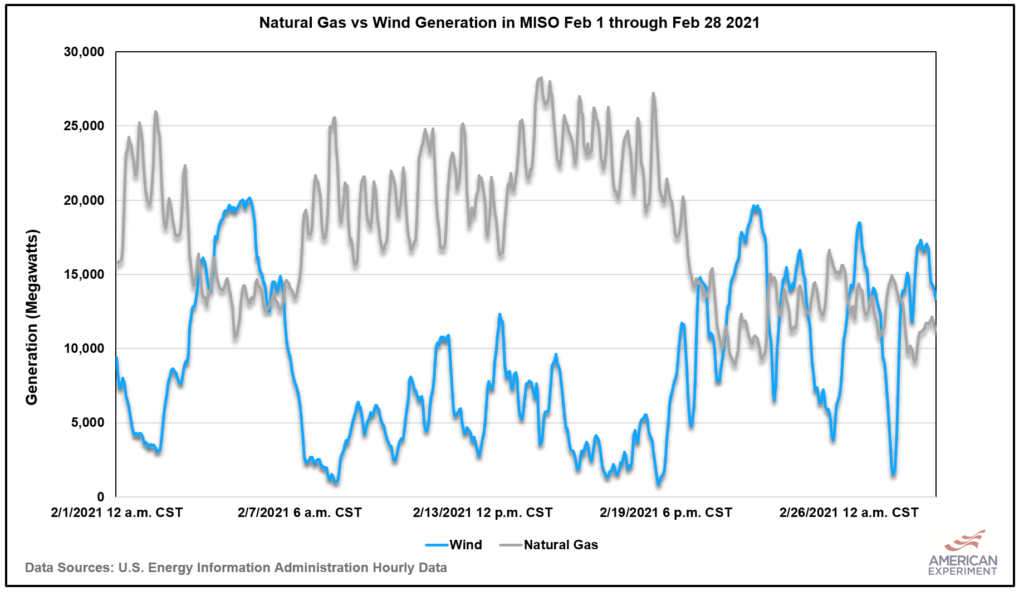
This means that the grid, as a whole, is emitting more carbon dioxide using a combination of wind and natural gas than it would if we had a nuclear-powered grid, which, as we saw above, produced steady, reliable power during this month.
National Security
Nuclear power offers superior national security benefits because they are reliable assets that store 18 months of fuel on-site. This fuel can be mined in the United States or imported from friendly countries like Canada or Australia to offset the imports the U.S. currently gets from Russia.
The vast majority of the world’s solar panels are produced in China. Many of the components are made by enslaved Muslim Uyghurs who work in factories powered by coal. Additionally, many of the metals used in solar panels, wind turbines, and battery storage facilities are mined or refined in China, according to the International Energy Agency.
We do not want to become beholden to China for our energy in the same way Western Europe has become beholden to Russia.
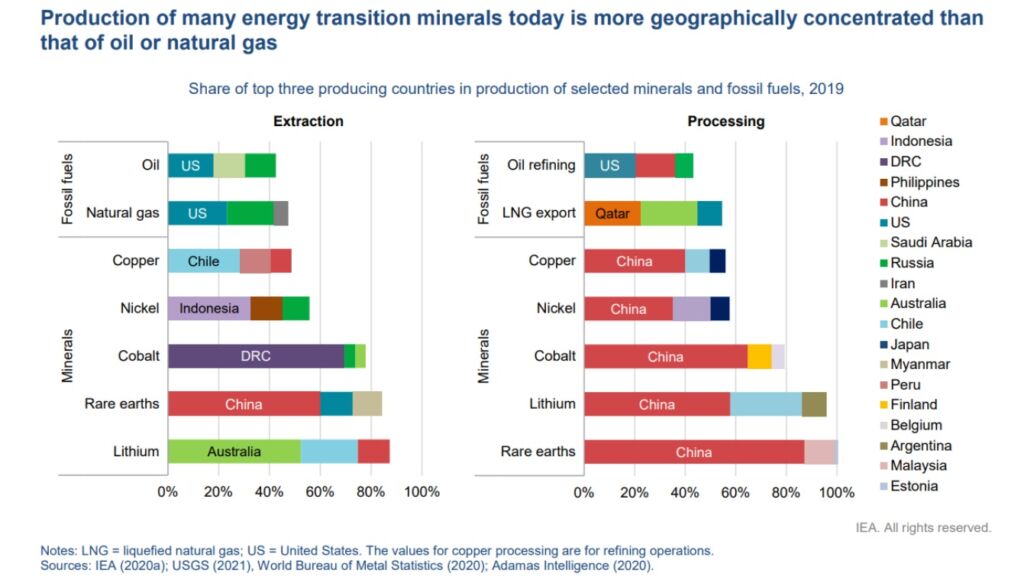
Reliability
Nuclear plants offer superior reliability to wind and solar. In 2019, Minnesota nuclear plants generated 97.2 percent of their potential output, whereas wind turbines averaged just 32.6 percent, and solar panels averaged only 17.3 percent.
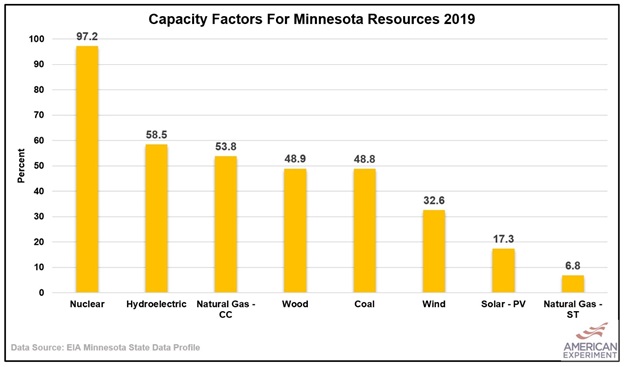
In other words, nuclear power is a perfect pour while wind and solar are mostly foam.
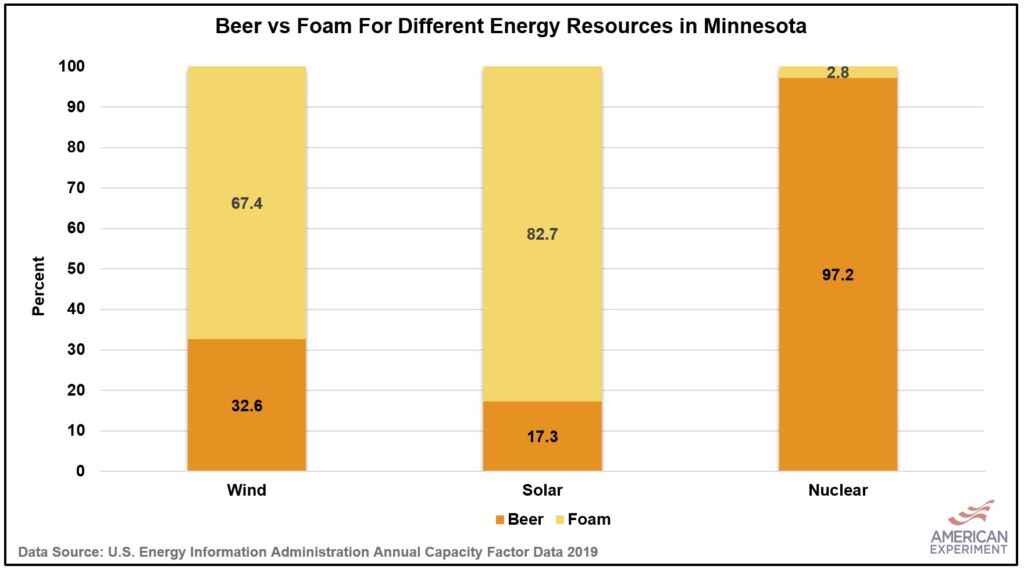
What’s more important than average electricity generation is the fact that nuclear shows up to work when it is needed most, but the wind does not.
Data from the U.S. Energy Information Administration show that Minnesota’s small fleet (1,657 megawatts) of nuclear power plants produced more electricity than the entire wind fleet (22,000 megawatts) in a 15-state region for several hours during February of 2021.
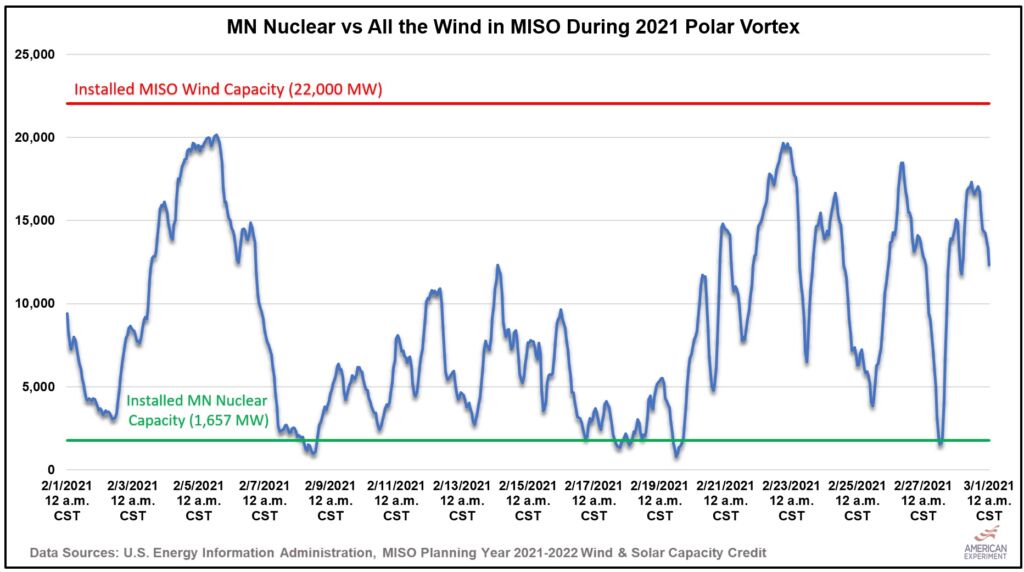
Put another way, for some hours in February, wind produced only 57 percent of the output of Minnesota’s nuclear fleet, despite the fact that there is 13 times more wind capacity on the regional grid than Minnesota’s nuclear fleet.
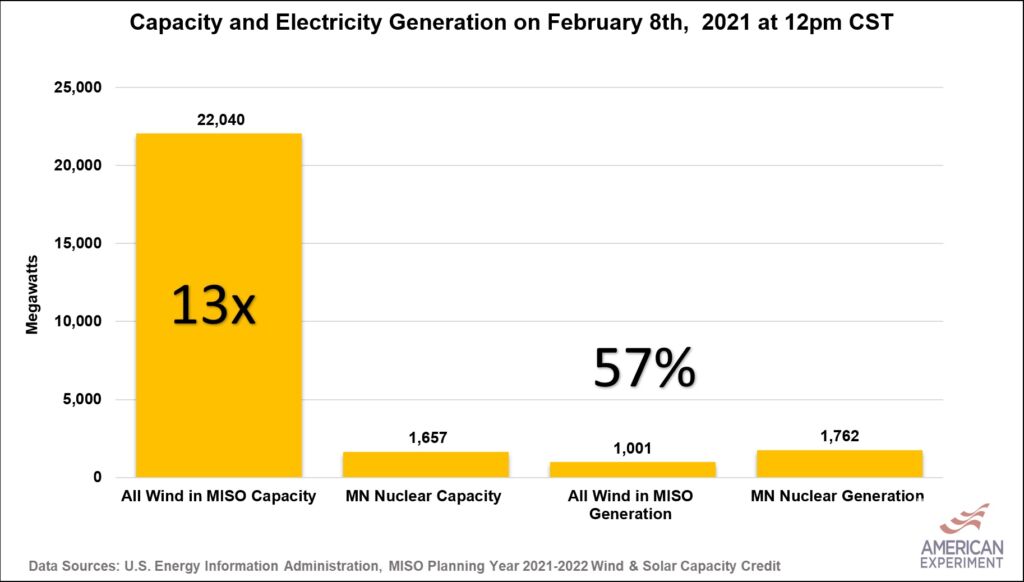
Wind and solar advocates often argue that battery storage will provide the needed solution for the unreliable nature of wind and solar. However, an analysis from Wood Mackenzie finds that there will be just 740,000 megawatts of battery storage capacity globally by 2030, which is about one percent of Minnesota’s annual consumption.
In other words, there won’t be enough battery storage globally in 2030 to power Minnesota for four days.
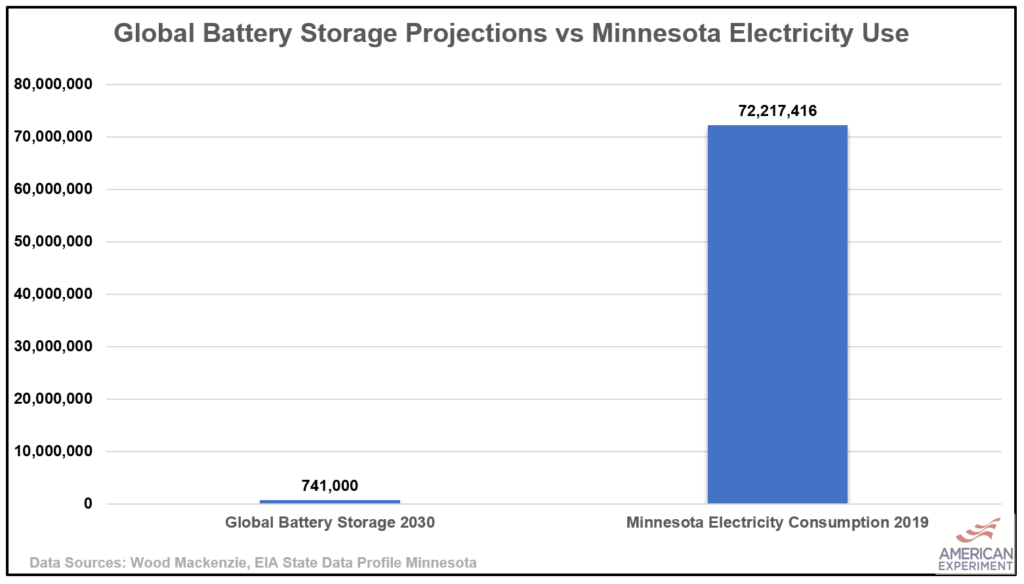
Affordability
Data from the Federal Energy Regulatory Commission show Minnesota’s nuclear plants are some of the lowest-cost power producers in the state. These plants are far more affordable than new wind and solar when the full costs of these sources are accounted for.
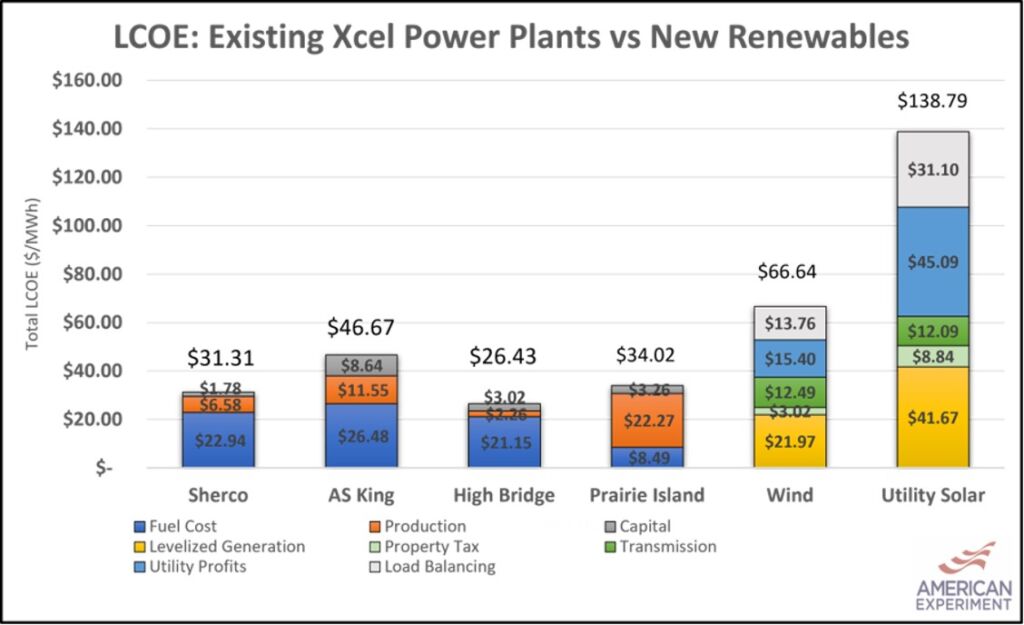
Nuclear is also a much better value than wind and solar. Wind turbines and solar panels only produce one-third and one-fifth of the electricity generated by nuclear on a per-megawatt of installed capacity basis. This means we would need to build three times as many wind turbines and five times as many solar panels to get the same amount of energy as a nuclear plant.
Furthermore, nuclear plants last for up to 80 years, whereas wind turbines last for 20 years and solar panels for 25 years. This means wind and solar would need to be rebuilt multiple times over an 80-year timeframe, causing them to be much more expensive than a new nuclear plant.

Sunlight and breezes may be “free,” but it is expensive to generate electricity with wind turbines and solar panels.
Environmental outcomes
Nuclear also produces superior environmental outcomes. The graph below shows wind generation versus natural gas generation during February of 2021. As you can see, natural gas generation increases as wind generation falls.

This means that the grid, as a whole, is emitting more carbon dioxide using a combination of wind and natural gas than it would if we had a nuclear-powered grid, which, as we saw above, produced steady, reliable power during this month.
Nuclear should have unanimous support because it is a common-sense way to provide the secure, reliable, and affordable energy conservatives prize while also delivering the superior reductions in greenhouse gas emissions prized by liberals.
This is why American Experiment has argued that Minnesota should seek to replace existing coal plants with new nuclear facilities when the coal plants have reached the end of their useful lives. Building new nuclear plants would provide an offramp for emissions while maximizing reliability and affordability.
Click here to receive regular energy updates from American Experiment.